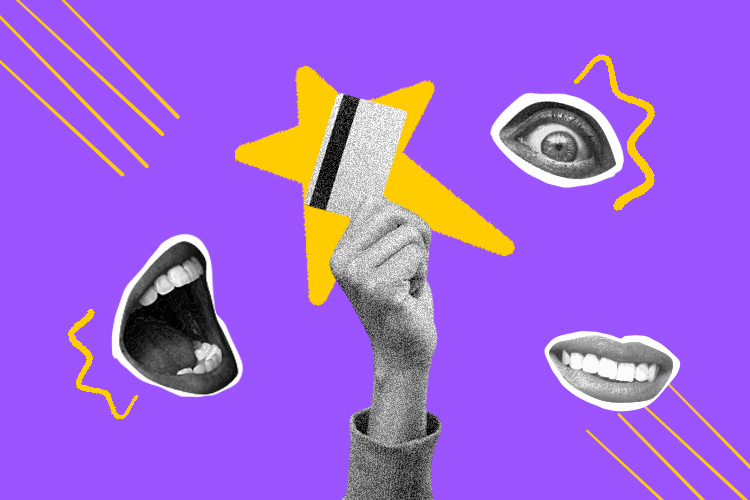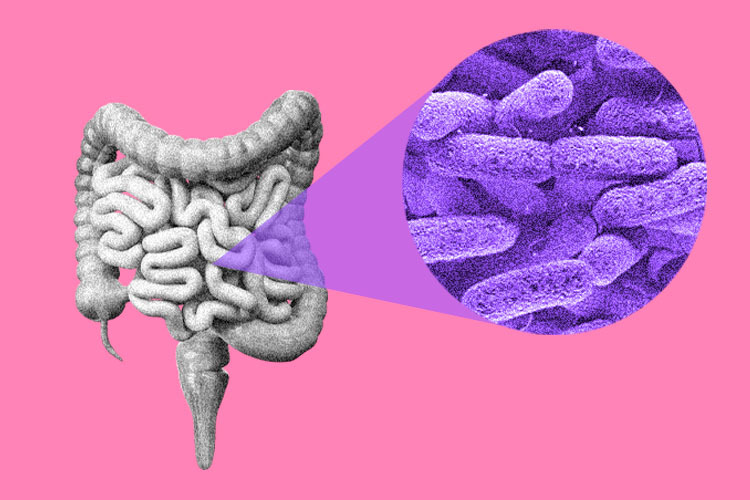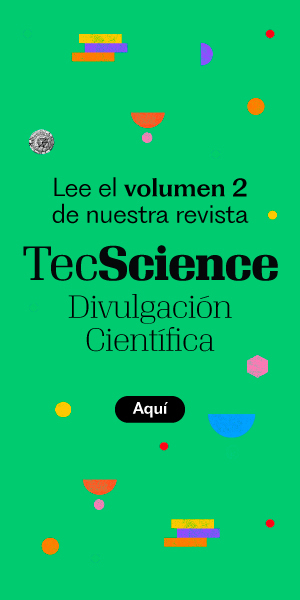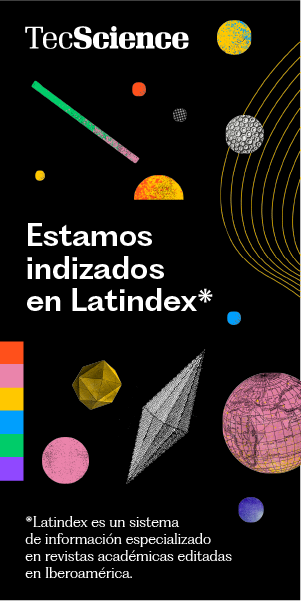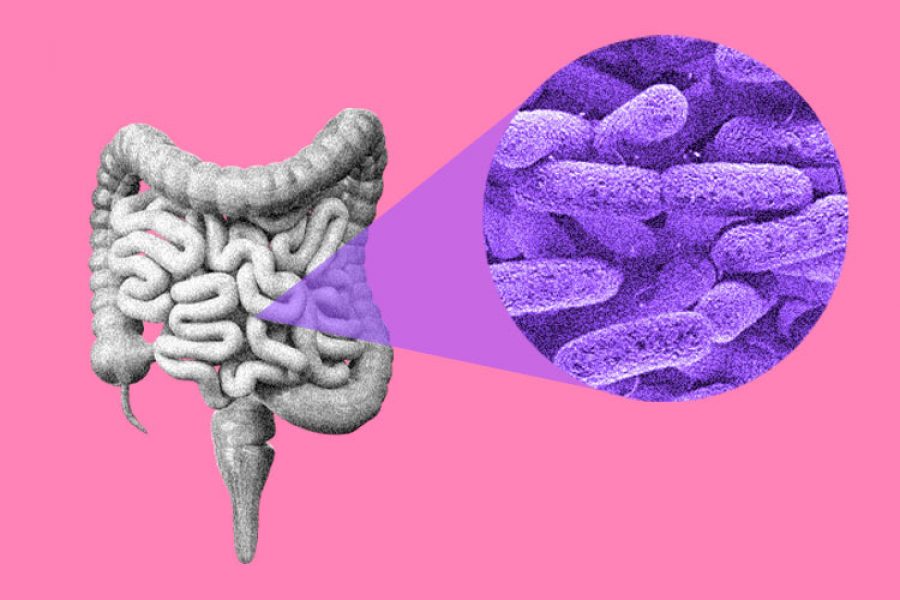By Francisco Jesús Guzmán Martínez
Imagine walking into a store searching for new headphones. You spot a pair with a sign that reads, “Before $2,000, Now $1,200.” Instantly, it feels like you’ve found a great deal. But is it really a bargain—or just a smart psychological trick?
The way prices are presented to consumers has a powerful influence on their purchasing decisions.
According to the study The emotional side of price: reference price as a decision maker in consumer purchase, the reference price (that “was” price on the tag) not only influences whether we buy something, but also stirs emotions that affect how we perceive its value—and how satisfied we feel with the purchase.
Price and Emotion
One of the study’s most striking findings is that reference prices shape both our perception of a deal and the emotions we associate with it.
This happens because consumers perceive value through three main lenses:
- Monetary value: The sense of getting a good deal.
- Emotional value: The happiness or satisfaction we feel from making a purchase.
- Social value: How a purchase shapes our feelings about ourselves, such as when buying something exclusive or luxurious.
When a product has a high reference price and is offered at a discount, consumers feel not only like they’re saving money, but also experience a rush of positive emotions, like the thrill of scoring an unbeatable deal.
What Is a Reference Price?
The reference price is a core concept in consumer psychology. It’s the internal benchmark we use to judge whether a price seems fair or appealing.
For example, if you’re used to seeing a smartphone priced at 15,000 pesos and suddenly it’s offered for $12,000, it feels like a great opportunity. But if your reference point is $10,000, that same price doesn’t look so attractive.
Two psychological theories help explain this effect. The first is anchoring and adjustment theory, which suggests that our brains latch onto the first number we see and adjust our judgment from there.
The second is loss aversion theory—the idea that the pain of losing something is more powerful than the pleasure of gaining it. So when we see a marked-down price, we feel like we’re avoiding a loss (paying the original price), even if the savings aren’t as big as they seem.
In short, our judgment is often swayed by emotional comparisons rather than rational analysis. The final price might still be higher than elsewhere, or even higher than the product is truly worth.
Hedonic vs. Utilitarian Purchases
The study also found that reference prices affect us differently depending on the type of product. We don’t respond the same way when shopping for pleasure as we do when buying out of necessity.
When it comes to hedonic purchases—things like chocolate, gadgets, or designer clothes—we’re much more emotionally sensitive to price cues. Discounts feel more exciting, and we’re more likely to act on them.
But with utilitarian purchases, such as appliances, gas, or cleaning supplies, functionality takes priority. Consumers tend to be more rational, making reference prices less influential.
That’s why pricing strategies must align with the product type. For hedonic items, emotional appeal is most effective, while for utilitarian products, highlighting practical benefits like quality or durability works better.
By analyzing the emotional aspect of pricing strategies from an academic perspective, the study delivers practical insights that benefit both brands—helping them present prices more effectively—and consumers—empowering them to make wiser, more intentional purchasing decisions.
Next time you see a “Before/Now” discount tag, ask yourself: Am I buying this because I truly need it, or because it feels good to get a deal?
In the end, a good purchase isn’t just about how much you save. It’s also about how it makes you feel.
Reference
Guzmán Martínez, F. J., & Orozco Gómez, M. M. (2024). The emotional side of price: reference price as a decision maker in consumer purchase. International Journal of Retail & Distribution Management, 52(7/8), 771-785.
Autor
Francisco Jesús Guzmán Martínez. Marketing professor specializing in retail strategy, digital marketing, and consumer behavior. He is a full-time faculty member in the Department of Marketing and Analytics at the Tec de Monterrey Business School, Guadalajara campus, where he teaches and conducts research on pricing strategies, omnichannel retail, and business intelligence.
